Come join us now, and enjoy playing your beloved music and browse through great scores of every level and styles!
Can’t find the songbook you’re looking for? Please, email us at: sheetmusiclibrarypdf@gmail.com We’d like to help you!
Table of Contents
Andrew Lloyd Webber As If We Never Said Goodbye Sunset Boulevard (Musical) Piano Solo, sheet music, Noten.
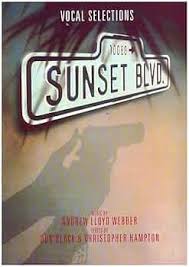
Best Sheet Music download from our Library.

Please, subscribe to our Library.
If you are already a subscriber, please, check our NEW SCORES’ page every month for new sheet music. THANK YOU!



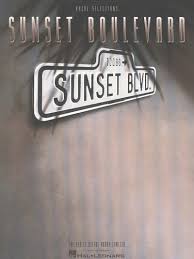
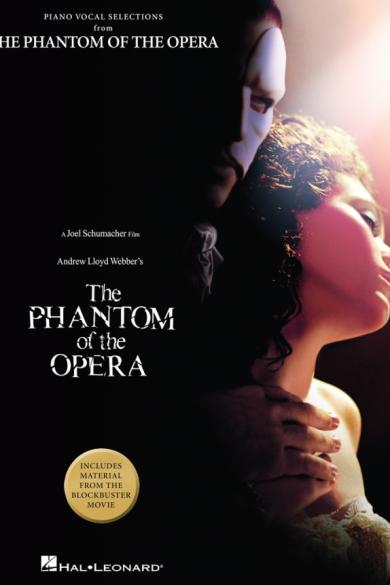
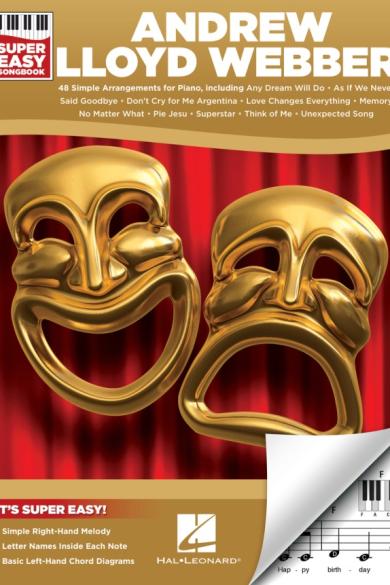
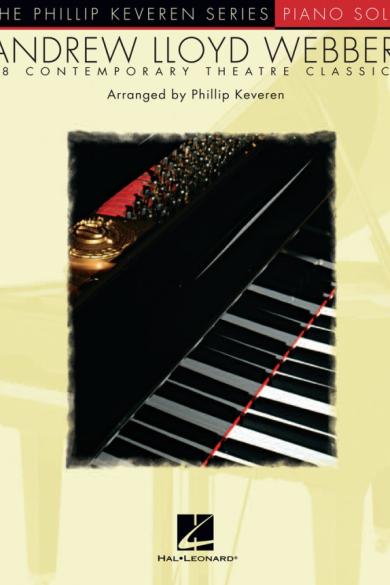
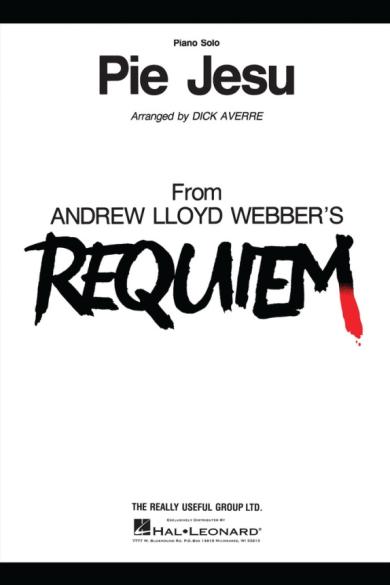
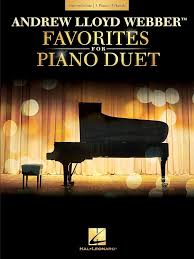
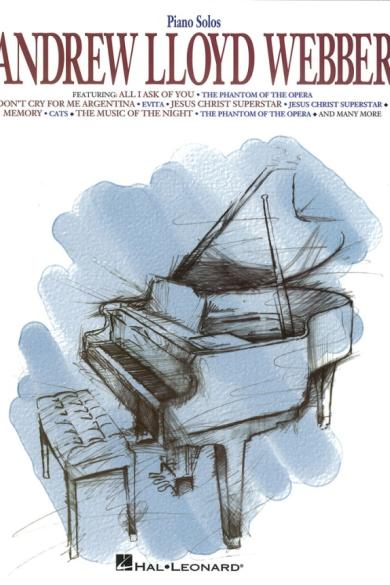
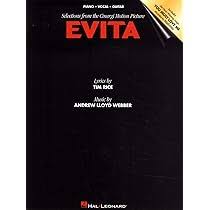

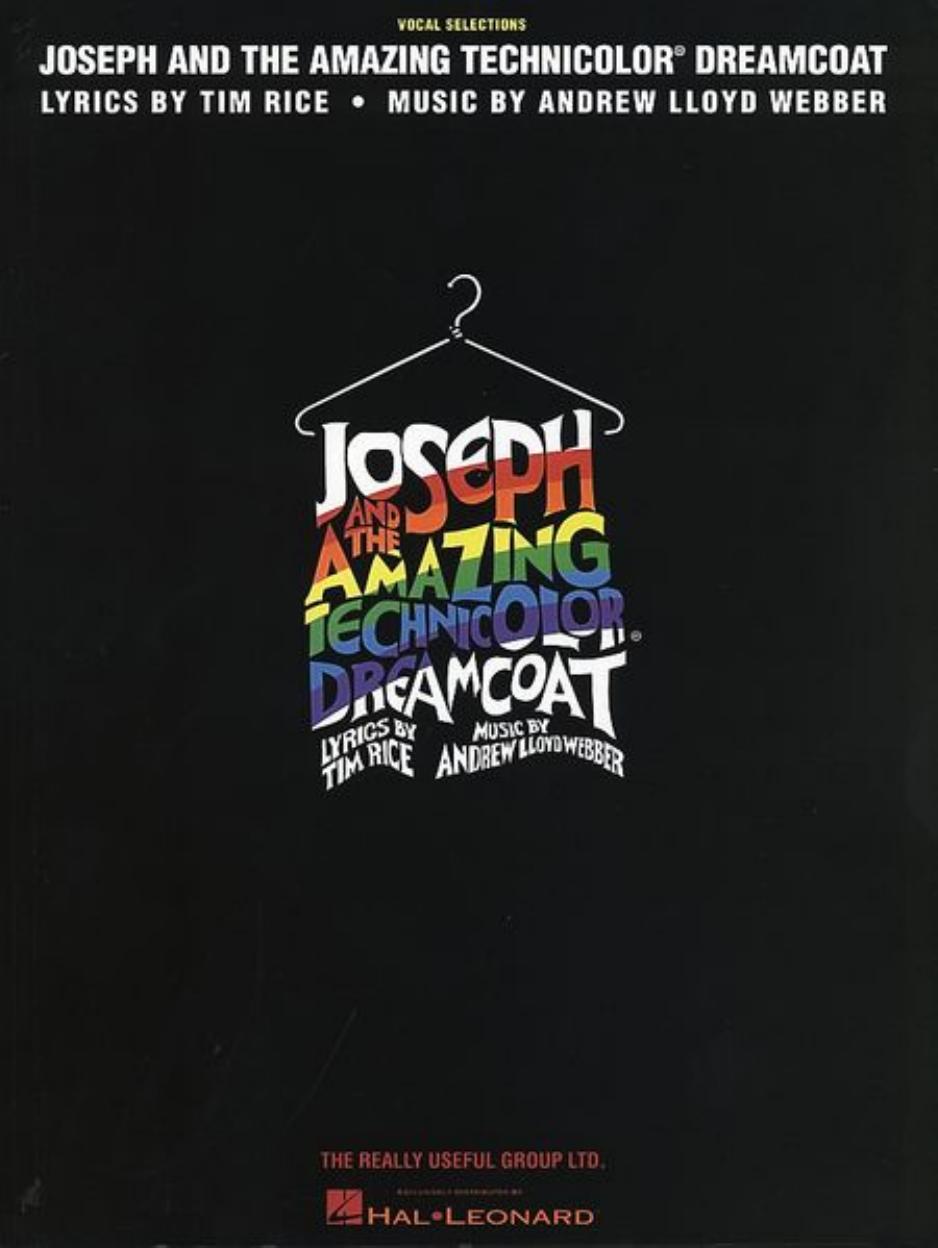
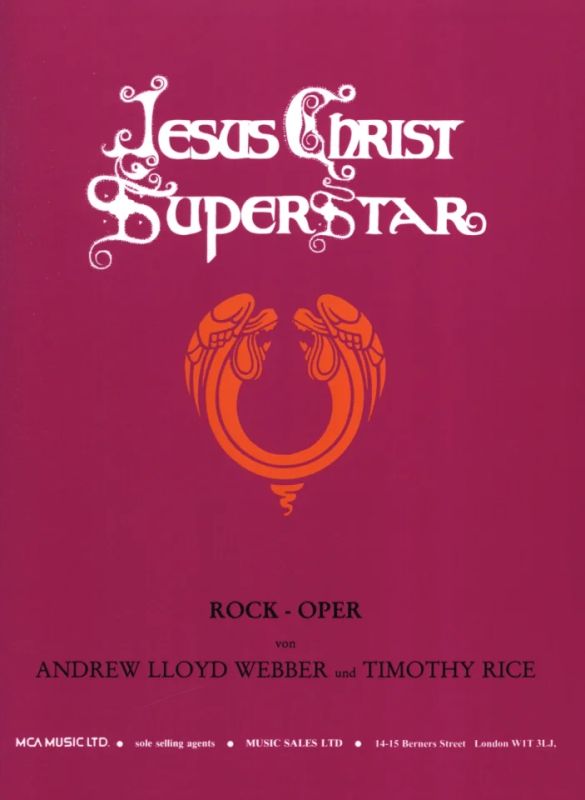
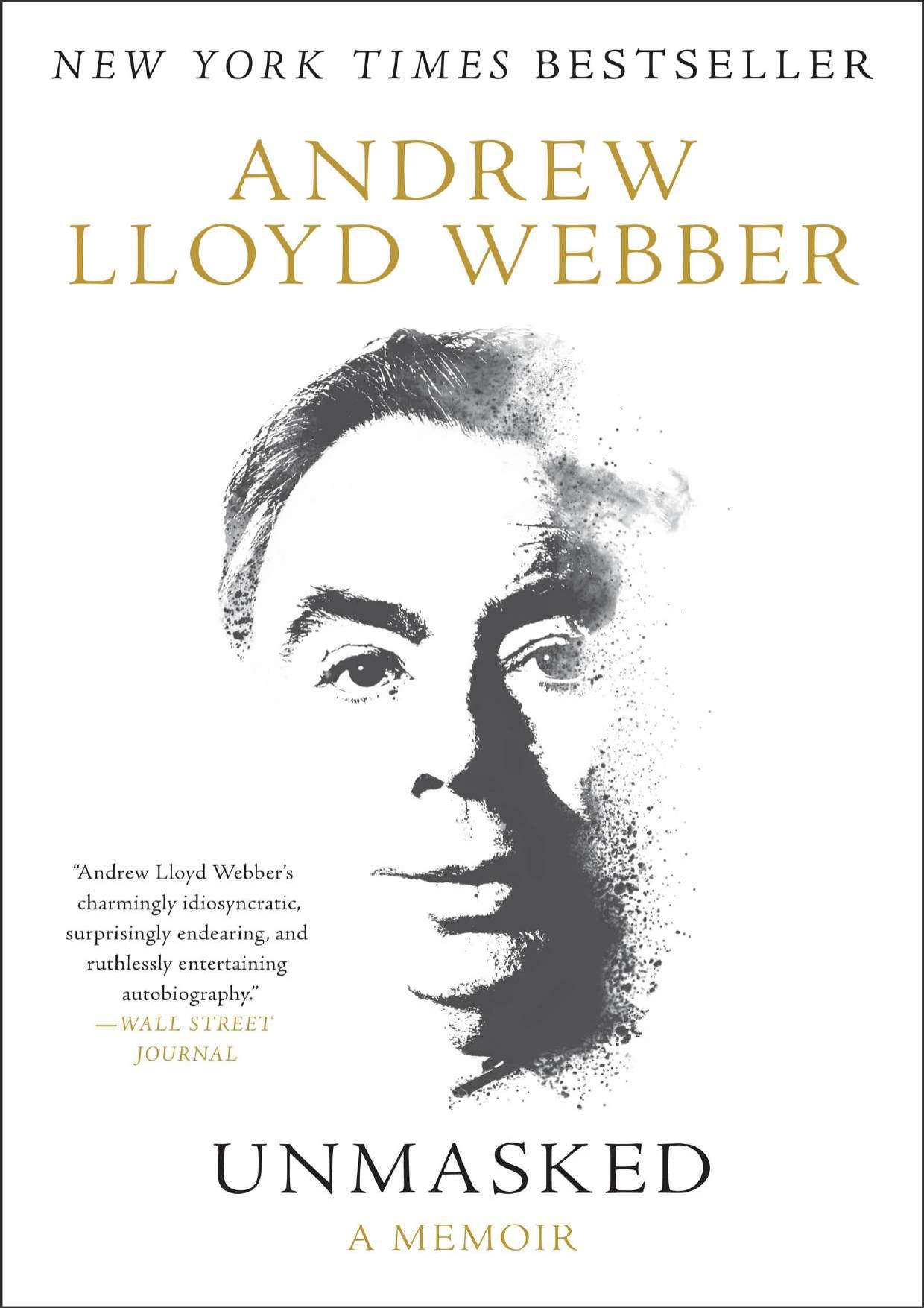

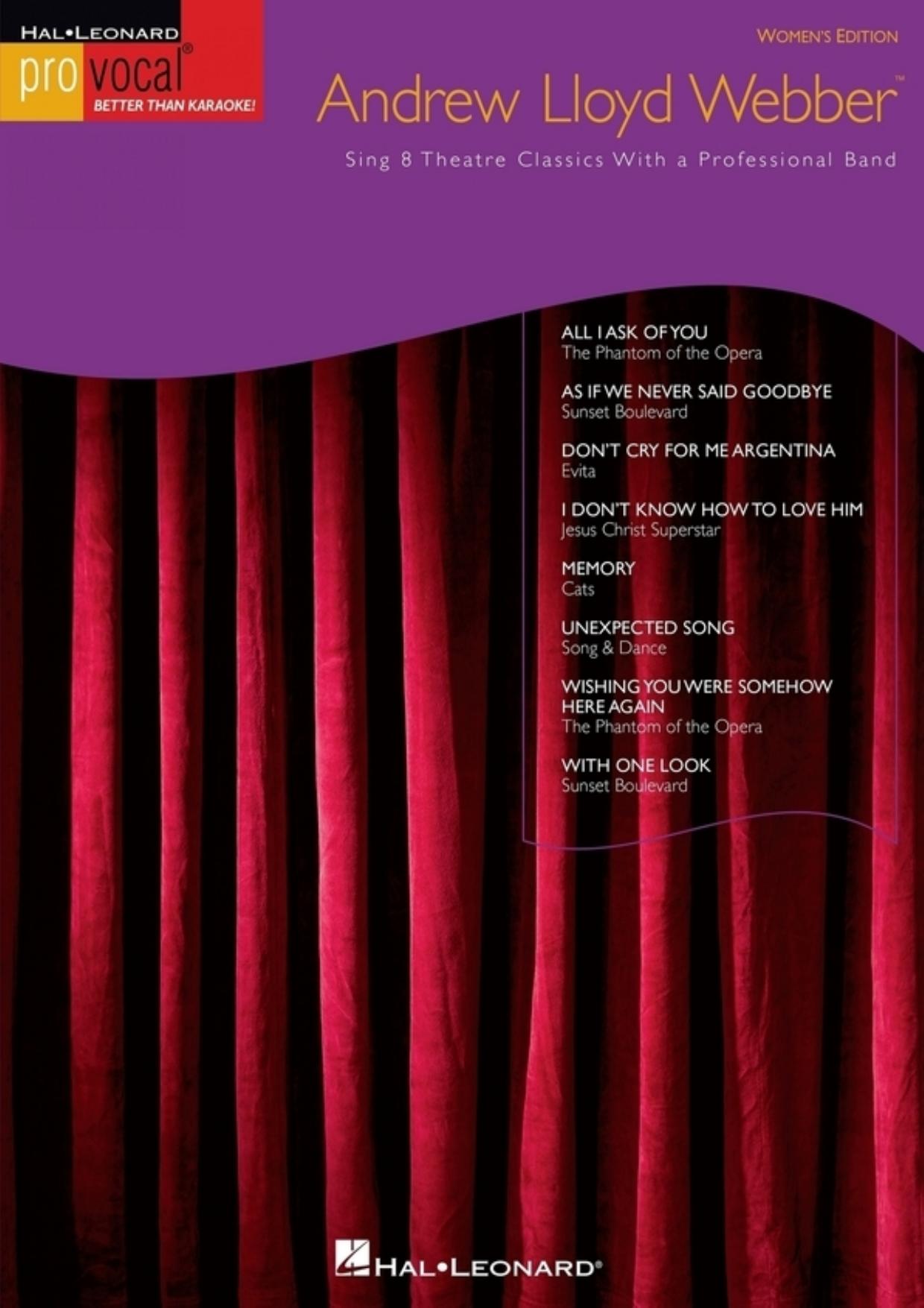

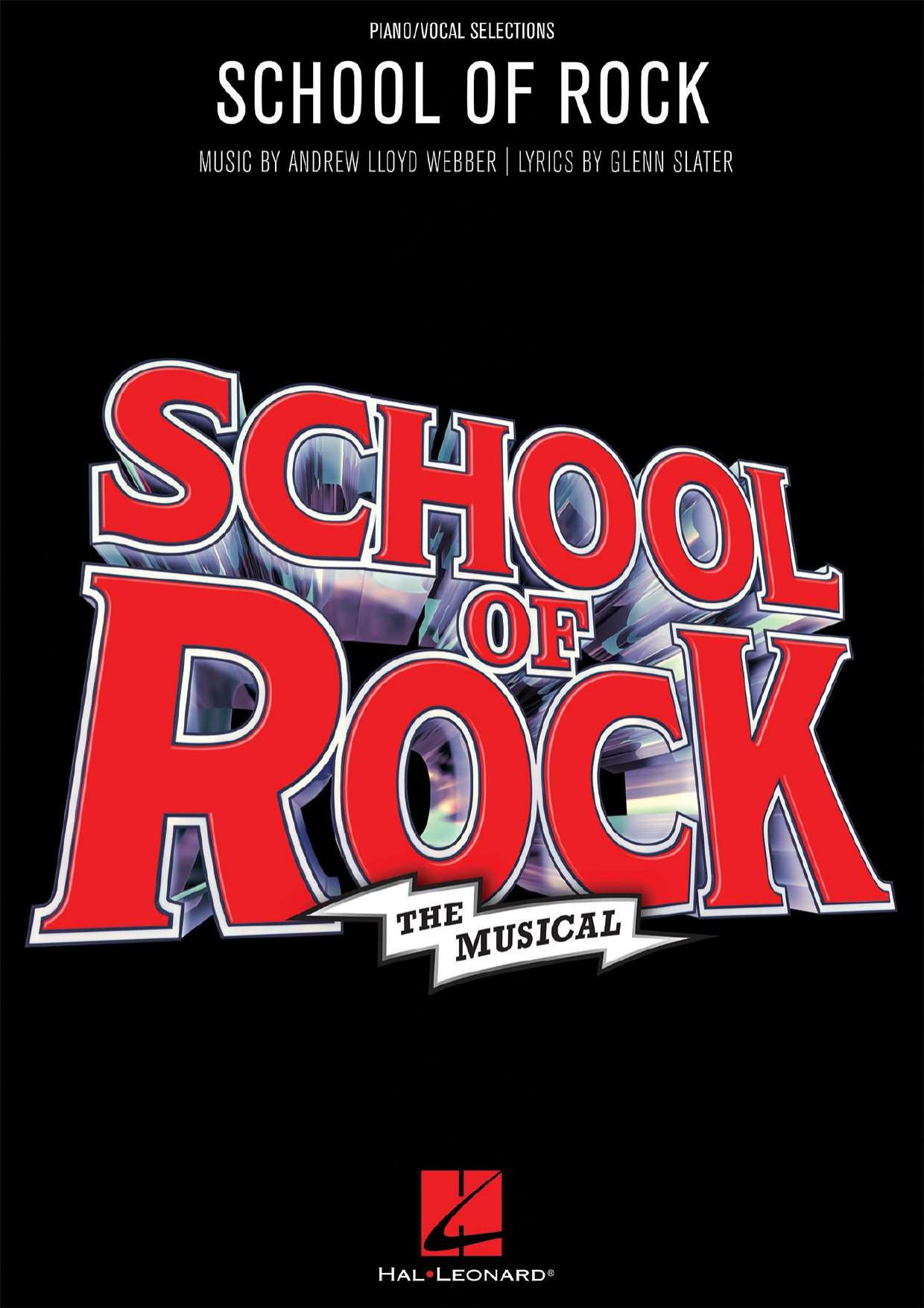

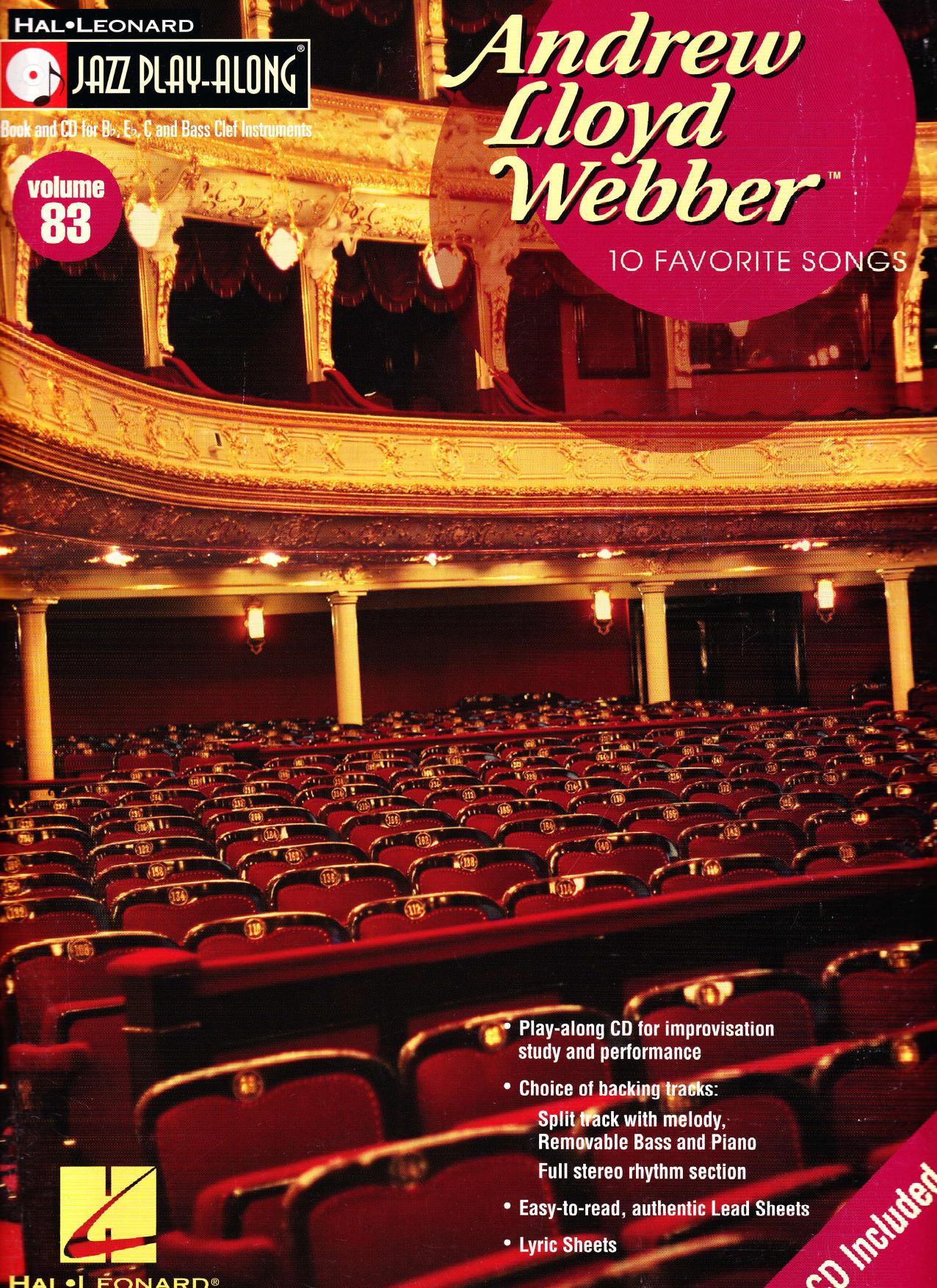

Browse in the Library:
Or browse in the categories menus & download the Library Catalog PDF:
“I Am Big! It’s the Pictures That Got Small”: The Grand Guignol Spectacle of Andrew Lloyd Webber’s Sunset Boulevard
In the pantheon of musical theatre, few works possess the audacious scale, tragic grandeur, and sheer theatrical bravura of Andrew Lloyd Webber’s Sunset Boulevard. Premiering in London’s West End in 1993, the musical is an adaptation of Billy Wilder’s iconic and scathing 1950 film noir of the same name. Yet, it is far more than a simple translation from screen to stage. Lloyd Webber, with book and lyrics by Don Black and Christopher Hampton, transformed Wilder’s cynical Hollywood fable into a soaring, operatic tragedy—a lavish, dark-hearted requiem for the ghosts of Tinseltown.
This is not a musical of cheerful production numbers and happy endings. It is a descent into the gilded cage of madness, a psychological thriller set to a sweeping, romantic, and unsettling score that stands as one of the composer’s most sophisticated achievements.
The Story: A Descent into a Gilded Abyss
The plot, faithful in spirit to the film, is narrated from beyond the grave by Joe Gillis, a young, cynical screenwriter struggling to make ends meet in 1950s Hollywood. While fleeing repo men, he ducks into the driveway of a seemingly abandoned mansion on Sunset Boulevard. This is no ordinary house; it is the decaying mausoleum of Norma Desmond, a once-silent film goddess who has been forgotten by the world that adored her.
Living in a fantasy world with only her loyal but sinister butler, Max von Mayerling, Norma mistakes Joe for the undertaker come for her dead pet monkey. Quickly, she reveals herself and, upon learning he is a writer, enlists him to work on her monstrously long and delusional screenplay for Salome, which she believes will be her triumphant return to the silver screen under the direction of her old mentor, Cecil B. DeMille.
Trapped by financial desperation and a morbid fascination, Joe becomes a kept man. He is ensnared in Norma’s web of fantasy, indulging her madness in exchange for luxury. The relationship is a toxic symbiosis: she gets a handsome young “audience” for her perpetual performance, and he gets a temporary reprieve from poverty. The tension escalates as Norma’s obsession with Joe deepens, clashing with his attempts to maintain a connection to the real world, including a growing relationship with a young studio script reader, Betty Schaefer.
The story spirals towards its inevitable, tragic conclusion—a climax of betrayal, shattered illusions, and murder, culminating in Norma’s final, devastating descent into full-blown psychosis, famously mistaking newsreel cameras for DeMille’s set in one of the most chilling finales in musical theatre.
The Music: A Symphony of Madness and Memory
Lloyd Webber’s score is the lifeblood of the show, a character in itself. It is lush, melodically rich, and brilliantly thematic. He employs a complex system of leitmotifs—recurring musical phrases associated with specific characters, ideas, or emotions.
- Norma’s Theme: The most famous of these is Norma’s theme, first introduced as “Surrender.” It is a sweeping, melancholic, and grandly romantic melody that perfectly captures her tragic stature, her glorious past, and her desperate yearning. It reappears throughout the score in various guises, from tender to terrifyingly triumphant.
- The “New Year” Theme: Another crucial motif is the wistful, slightly ominous theme associated with time and change, often heard during the New Year’s Eve sequence. It underscores the painful contrast between the moving world and Norma’s static existence.
- Operatic Scope: The score has a distinct operatic quality, with large stretches of sung-through dialogue. This approach heightens the emotional intensity and the sense of inescapable fate. Numbers like “The Perfect Year,” which begins as a fragile, hopeful duet between Norma and Joe, build into devastating emotional crescendos.
- The Showstoppers: The musical is famous for its powerhouse solos. Norma’s entrance, “With One Look,” is a declaration of power, in which she claims she needs no dialogue, only her expressive face, to command an audience. It is a staggering piece of theatricality. Her second-act tour de force, “As If We Never Said Goodbye,” sung on the Paramount Studios lot, is an achingly beautiful and psychologically complex exploration of an actor’s relationship with the camera, a place she calls “home.” It is a masterclass in blending nostalgia, joy, and profound sadness.
- Joe’s Cynical Voice: Joe’s music provides a stark, contemporary contrast. Songs like “The Lady’s Paying” and the opening number, with its jazz-inflected cynicism, ground the story in a more recognizably modern musical language, making his entrapment all the more palpable.
The Characters: Titans of Tragedy
Sunset Boulevard demands titanic performances.
- Norma Desmond: One of the greatest female roles ever written for the musical stage. She is a paradox: monstrously vain and manipulative, yet profoundly vulnerable and sympathetic. The actress must navigate a vast emotional arc, from imperious grandeur to childlike need, from calculated seduction to raw, unhinged madness, all while possessing a vocal range to match the score’s immense demands. She is not a villain but a tragedy—a star destroyed by the industry that created her.
- Joe Gillis: Far from a passive victim, Joe is a flawed anti-hero. His narration is laced with the wit and cynicism of a film noir protagonist, but his complicity in the relationship is key. He makes a Faustian bargain, and his struggle between comfort and integrity, between Norma’s fantasy and Betty’s reality, drives the dramatic tension.
- Max von Mayerling: The butler is a deeply mysterious and tragic figure. Revealed to have been not only her first husband but also the director who made her a star, Max is the chief architect and caretaker of Norma’s illusion. He writes the fake fan letters that keep her hope alive. His devotion is a love story as twisted and tragic as the central one, culminating in his heartbreaking aria, “The Greatest Star of All.”
A Theatrical Challenge: Staging the Spectacle
The original production, directed by Trevor Nunn, was legendary for its sheer scale. The centerpiece was John Napier’s monumental set—a full-scale replica of Norma’s mansion, complete with a grand staircase and a floating corpse (Joe) that descended into a swimming pool. It was a feat of engineering that physically manifested the opulent decay of Norma’s world.
Subsequent productions have taken different approaches, some using projections and more abstract sets to focus on the psychological drama. Regardless of the staging, the core challenge remains: creating the claustrophobic, gothic atmosphere of the mansion while allowing for the moments of cinematic scope, such as the Paramount Studios backlot.
Legacy and Notable Interpretations
Sunset Boulevard has been blessed with a series of legendary performers taking on the role of Norma.
- Patti LuPone originated the role in London, delivering a performance noted for its volcanic power and raw vulnerability. Her public fallout with Lloyd Webber over being passed over for the Broadway production is a famous piece of theatre lore.
- Glenn Close originated the role on Broadway in 1994, winning a Tony Award. Her interpretation is definitive for many—haughty, fragile, and utterly mesmerizing. Her celebrated return to the role in the 2017 Broadway revival proved the performance had lost none of its power, earning her a third Tony Award.
- Betty Buckley and Elaine Paige also delivered acclaimed performances in the role, each bringing their own unique strengths to the part.
Conclusion: The Pictures Didn’t Get Small
Sunset Boulevard endures because it is more than a story about Hollywood. It is a universal tragedy about the terror of obsolescence, the addiction to adoration, and the dangerous allure of living in the past. It asks painful questions about what happens when our identity is tied to a fame or a talent that time has eroded.
Andrew Lloyd Webber and his collaborators did not simply put a film on stage; they unlocked its operatic soul. They gave voice to the silent screams of a forgotten star and turned a cynical noir into a poignant, grand-scale tragedy. Sunset Boulevard remains a landmark musical—a dark, magnificent, and unforgettable spectacle that proves, as Norma Desmond insists, that you don’t need dialogue when you have a great score. The audience is still there, waiting in the dark, ready to be captivated once more.
Browse in the Library:
Or browse in the categories menus & download the Library Catalog PDF:
